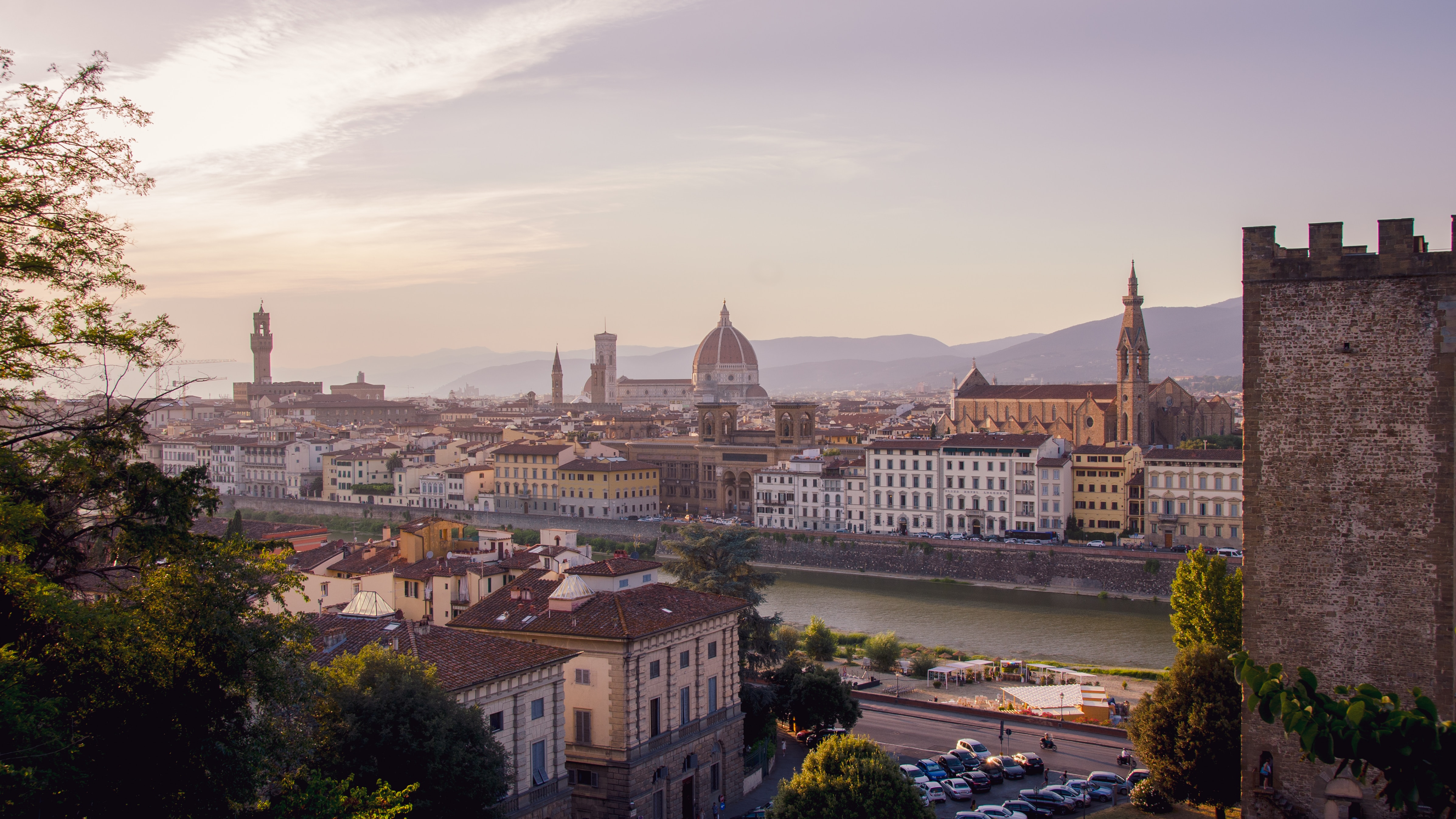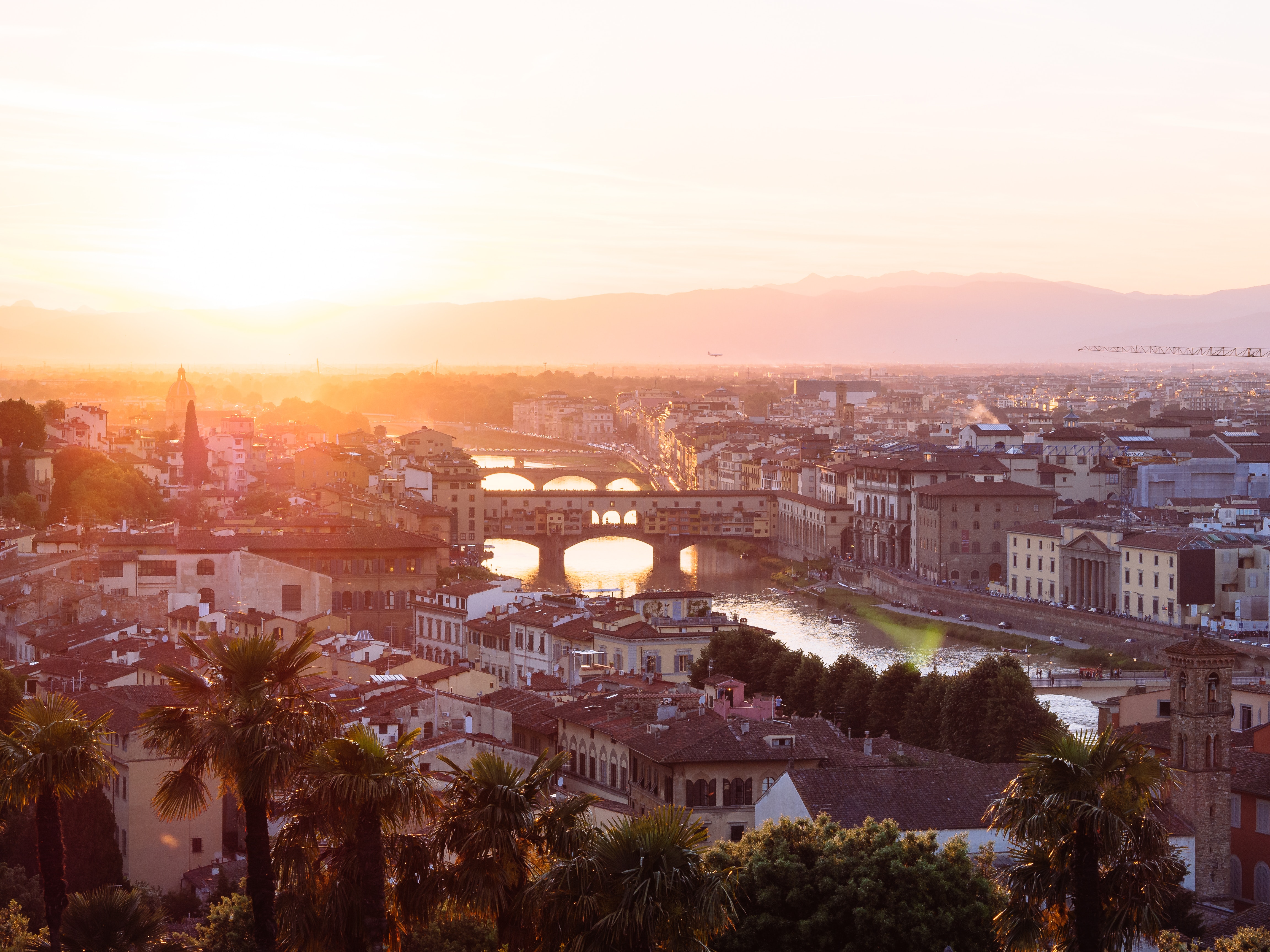"Nothing awakens a memory like a smell", wrote Victor Hugo. If we say Florence which color comes to mind? We say purple. And if we say spring what flowers come to mind? We say daisies. And if we ask you which smell do you associate with spring, what do you answer? We say wisteria.

Why all these questions? Because today we want to tell you about an enchanted garden: that of Villa Bardini, a garden with a unique view of Florence that occupies a large part of a hill surrounded by the city's medieval walls. Since the Middle Ages, this garden has belonged to successive rich families: born for agricultural use, over the centuries it has been transformed into a splendid Italian garden, which in the early twentieth century was used by the owner from whom it takes the name, the collector Stefano Bardini, known as the "prince of antique dealers", also as a spectacular representative environment, in which to welcome his wealthy clientele. Giardino Bardini includes three gardens, different in age and style: the Italian garden, with the magnificent Baroque staircase; the English wood which, with its exotic elements, represents a rare example of an Anglo-Chinese garden; the agricultural park, where a new orchard and the splendid wisteria pergola have found their place. The Baroque staircase is certainly the most scenic point: located in the central area of the garden, it leads you towards the splendid Belvedere.
The garden takes you towards the lower part of the property and is crossed by a series of terraces cut at right angles by a long, steep and sumptuous ramp. Note on the west side the wall that delimits this area and along which, at the landings of the staircase, there are six niches decorated with shell-shaped sandstone fountains.
If you are passionate or expert, you will enjoy recognizing many plants: here you will find decorative and medicinal plants, such as rosemary and lavender, but also roses, hydrangeas and irises, which in Tuscany have a long tradition and were used as an essence in perfumeries. The English-style wood serves as a shady landscape and is crossed by an avenue characterized by wide hairpin bends, while the agricultural park is crossed by a connecting avenue once adorned with a rich collection of potted azaleas, which instead now offers the visitor a collection of fruits of ancient native varieties. In addition to the spectacular panorama of Florence, the garden is famous for the flowering of its extraordinary wisteria, a natural spectacle to fall in love with. This plant has an ancient history, in fact it is said that it was brought as a rarity from China by Marco Polo: the arrival in Italy is attested starting from the eighteenth century. Characteristic of wisteria is that it grows very quickly, intensely and constantly: for this reason it was considered one of the symbols of the development of human consciousness. Like the creeper, in fact, our consciousness develops rapidly and with a spiral movement until it embraces the outside world.

The appointment with the delicate plant with an intense scent is in mid-April, when its famous flowering creates different varieties of wisteria, which for ten days give life to colorful open-air alleys, between shades of lilac, purple and pink. From here, it is possible to look at the historic skyline of Florence, framing it in a riot of perfumes and nuances in pastel tones, typical of spring. This imaginative vision constitutes a wealth of the city, truly unmissable.
